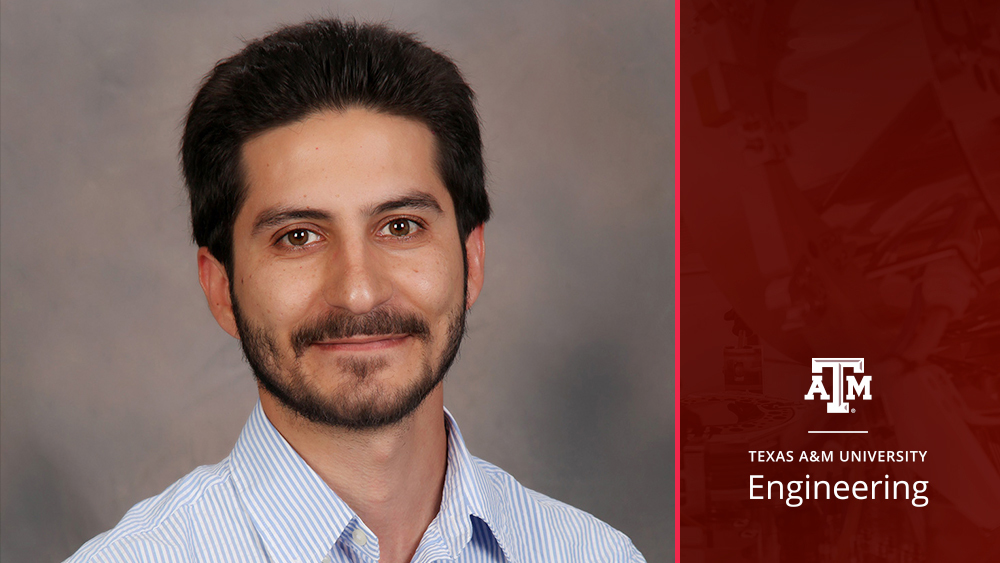
Dr. Nima Kalantari has received a grant from the National Science Foundation’s Faculty Early Career Development Program (CAREER) to develop a more efficient process for rendering photorealistic 3D images. Kalantari is an assistant professor in the Department of Computer Science and Engineering at Texas A&M University.
“Computer-generated images are used extensively in our modern society,” Kalantari said. “It’s nearly impossible for an individual to go an entire day without viewing images that were created by a computer. These images are not only used for entertainment but also for a variety of other applications like e-commerce and medical visualization.”
While many industries currently use computer-generated images, the process of rendering images that accurately represent a physical reality is still cumbersome.
“For this CAREER project, I plan to develop more efficient methods for creating computer-generated images that accurately simulate the flow of light from the light sources to the camera,” Kalantari said. “These techniques will reduce the amount of time and energy needed to generate these images.”
It is challenging to generate photorealistic images because the flow of light changes the way an image looks. The human eye experiences this daily as light reflects off different surfaces before coming in contact with the human eye.
“The light and images we experience every day are created by photons emanating from light sources and bouncing off different surfaces before hitting our eyes,” Kalantari said. “Sometimes the photons bounce off numerous surfaces before coming in contact with our eyes.”
To render a photorealistic image, a computer must simulate the real-world flow of light as closely as possible. In a computer, this is commonly done in reverse by tracing the rays from the camera as they bounce off different surfaces and land on the light source. This process requires a lot of time and energy because the computer must complete millions of calculations. Kalantari hopes to speed up the process with his research.
“We’re planning to use a process that was developed in the field of robotics,” he said. “There are similarities between rendering and path-finding problems in robotics, where a robot needs to efficiently navigate a space and find a path from source to destination. We plan to use a similar approach where the photon essentially serves as the robot, and the computer calculates the most efficient path from the camera to the light sources.”
Using his research and the CAREER grant funding, Kalantari also plans to develop educational programs for both students and other educators.
“I believe it’s important to educate children about science and engineering so they want to pursue those paths when they’re older,” he said. “Since many children are interested in video games, I plan to use that as a motivating example to teach them about image rendering through a short educational video.”
Kalantari will also collaborate with the Enrichment Experiences in Engineering program at Texas A&M to develop an educational course where high school teachers will learn about image rendering and how to teach the topic in their classrooms.
“In addition to educating our youth, I hope to make a difference in society by making the image rendering process more efficient,” Kalantari said. “A more efficient process will not only save time and money but also reduce the overall energy demand and carbon footprint of rendering systems in various industries."